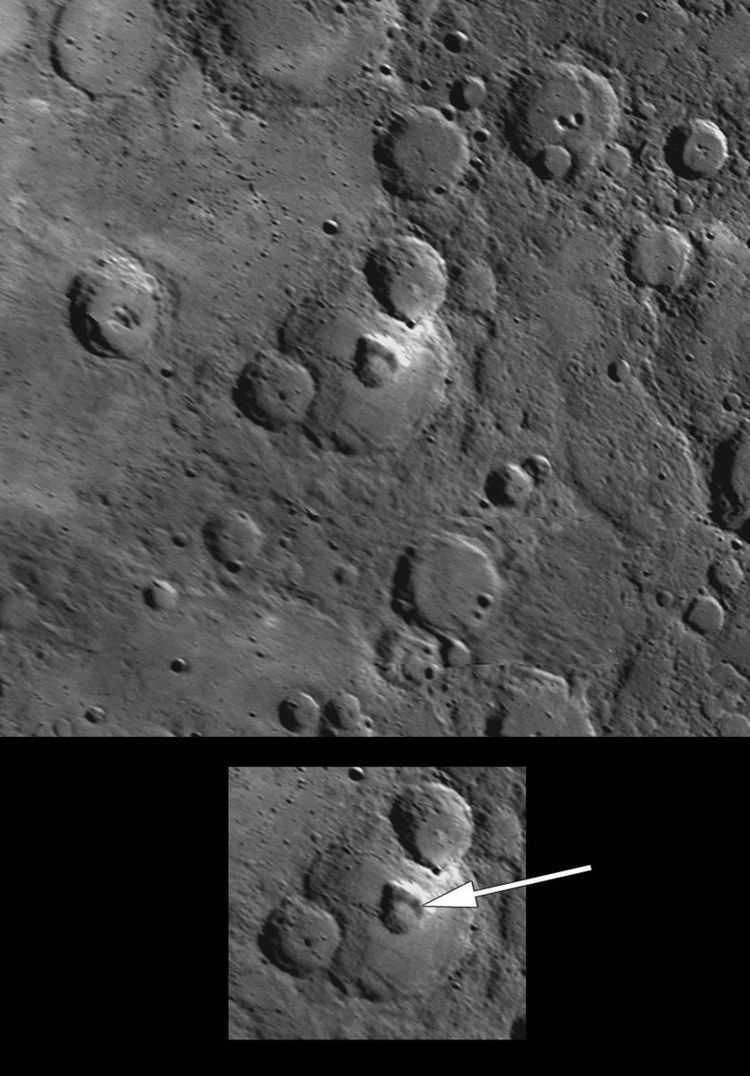Eponym Khalil Gibran | Diameter 102.0 km | |
 | ||
Gibran is a crater on Mercury, which was discovered in January 2008 during the first flyby of the planet by MESSENGER spacecraft. It contains a large (29 × 29 km), nearly circular pit crater. Multiple examples of pit craters have been observed on Mercury on the floors of impact craters, leading to the name pit-floor craters for the impact structures that host these features. Unlike impact craters, pit craters are rimless, often irregularly shaped, steep-sided, and often display no associated ejecta or lava flows. These pit craters are thought to be evidence of shallow volcanic activity and may have formed when retreating magma caused an unsupported area of the surface to collapse, creating a pit. They are analogs of Earth's volcanic calderas. Pit-floor craters may provide an indication of internal igneous processes where other evidence of volcanic processes is absent or ambiguous. The discovery of multiple pit-floor craters augments evidence that volcanic activity has been a widespread process in the geologic evolution of Mercury's crust.
